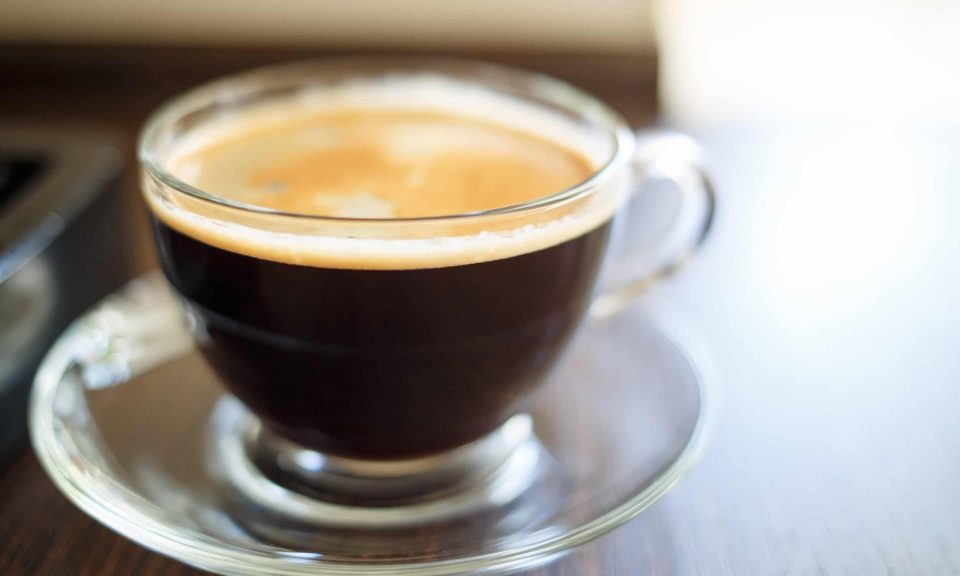If you frequently visit specialty coffee shops in the UK—those venues where baristas meticulously weigh your coffee grounds on highly sensitive scales and may even steer you away if you request syrup—you’ve likely noticed that americanos are losing their appeal. In these upscale coffee establishments, the reliable unaffiliated choice is being overshadowed by a newer trend from Australia and New Zealand: the long black.
While informally polling various coffee shops, I discovered that nearly every barista had a slightly distinct explanation for the drink. “It’s pretty much the same as an americano,” one shared in a conspiratorial tone. “It’s a shorter black coffee, roughly equivalent to the size of a flat white,” another clarified. The last barista I spoke to merely shook her head in dismay when I asked if calling it a long black was just a posh way of requesting an americano.
What distinguishes a long black from an americano? Last year, 2.1 million viewers tuned in to a viral Instagram reel from Tamp, a coffee shop located in Chiswick, West London, addressing that very question.
When it comes to size, a long black is actually shorter than an americano, although some baristas advocate for the espresso to be poured after the hot water. This method keeps the water slightly cooler, making it closer to the temperature of the freshly brewed espresso, according to Ollie Simon from Allpress, a specialty roaster originating from New Zealand. “Pouring hot water directly over the espresso can disturb the drink, causing the loss of some delicate aromas and flavors,” he explains.
Leeds coffee shop Laynes also opts to add the espresso second. “It’s a quicker approach, and espresso is meant to be prepared quickly,” notes owner Dave Olejnik. “Pouring a significant amount of hot water over espresso can compromise its texture and crema, leading to a less appealing drink. Brewing coffee directly into water yields a better presentation.”
The demand for long blacks has been steadily increasing across the UK. A 2023 survey indicated that it was the fifth most popular coffee order in London, comprising 9% of total sales in the city. Kaffeine, located in Soho, has been serving long blacks since its inception in 2009. Owner Peter Dore-Smith, who hails from Melbourne but has made London his home, considers his establishment, along with nearby Flat White, a pivotal part of London’s Antipodean coffee culture. He believes he was one of the earliest vendors of long blacks in London, quipping, “Maybe I should open a shop called Long Black?”
Dore-Smith invites me behind the counter to observe Katarina, one of his experienced baristas, at work. She cleverly uses an inverted espresso cup to position everything closer to the spout and brews into a 5oz cup filled with hot water—the same size generally used for flat whites. While most of these variables don’t significantly alter the flavor, Katarina explains that they help enhance the overall visual appeal of the drink, which is particularly relevant when latte art isn’t a factor.
“You’ll notice a remarkable evolution in the flavor profile,” Dore-Smith points out. He’s right; the long black delivers a clearer, more vibrant taste, showcasing notes of blackberry, caramel, and nuttiness. Conversely, the americano tastes diluted and insipid. I’m convinced.
“People are generally astounded, thinking, ‘Wow, that’s so much better,’” Dore-Smith remarks. “From my experience working behind the bar, I’ve noticed a rise in long black orders, and it’s becoming increasingly common.” Sales of the drink at Kaffeine grew by 4% from November to mid-January, mirroring the overall rising interest in black coffee.
“I’d compare it to the trend of people opting for flat whites over large lattes,” Olejnik adds. “It mirrors the transition from consuming large americanos to long blacks.”
Both the long black and the flat white trace their origins to Australia or New Zealand, depending on who you consult. These countries are notable for their exceptional coffee; establishments owned by Australians or New Zealanders are often reliable indicators of quality.
Dore-Smith credits the influence of Australian coffee culture to the influx of Italian immigrants in the 1950s and 60s, who brought their espresso expertise. He also believes geographical factors and a strong anti-drink-driving ethos contribute to the culture. “When you want to socialize in London, you often go to a pub for a few pints and take the train home,” he explains. In contrast, in certain Australian regions with inadequate public transport, “you need to drive home,” so you’re likely to seek out a quality coffee instead.
New Zealanders have a similar perspective. “Public transport isn’t a major part of life, so people tend to catch up over coffee rather than beer,” suggests Simon, who originally comes from Auckland. He theorizes that the coffee cultures in both countries have evolved in relative seclusion. “I wouldn’t necessarily say it developed in isolation, but due to their distance, they have carved their own path.”
“They’re substantially less influenced by what I would describe as American café culture,” Olejnik continues, referring to the pervading “Starbucks-ification” which emphasizes giant drinks and cozy seating. “That kind of culture hasn’t had the same impact down there.” Instead, the focus is on perfecting the original Italian espresso bar concept and valuing quality over quantity. This has significantly shaped global coffee culture.
As Australian and New Zealand coffee continues to infiltrate UK menus, will the long black reach the same level of popularity as the flat white? It has yet to gain a foothold in the major UK high street chains. Costa was the first national chain to add the flat white to its offerings in 2010, which has since become one of its most sought-after beverages, but there are no plans to introduce long blacks, a spokesperson confirmed. Thus, while the Antipodean influence grows, americanos still reign—though if you’re accustomed to ordering americanos, it might be time to reconsider your choice.
*Do you have thoughts on the subjects raised in this article? If you’d like to submit a response of up to 300 words for potential publication in our letters section, please click here.*


